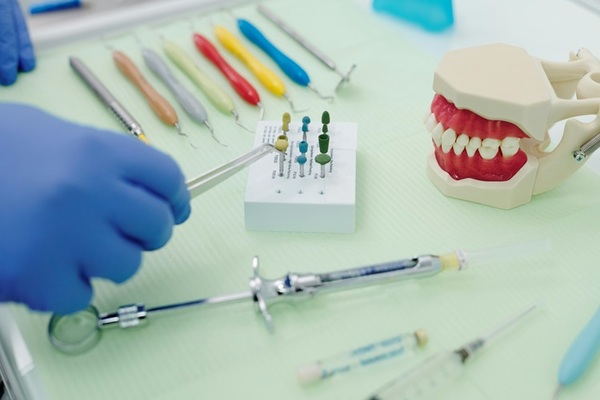Orthodontic care is essential for maintaining a healthy smile, but sometimes, it involves more than just braces or aligners. One crucial aspect that might come up during your orthodontic journey is root planing. If you've been advised to have an orthodontic root-planing consultation, this blog post will guide you through everything you need to know about the procedure, its benefits, and what to expect.
What is Orthodontic Root-Planing?
Root planing, often paired with scaling, is a deep cleaning procedure aimed at removing plaque and tartar from below the gum line. It is particularly important for patients with gum disease or those at risk of developing it. While this procedure is commonly associated with general dentistry, it is also a critical part of orthodontic treatment, especially if gum health issues arise during the process of straightening your teeth.
Why is Root-Planing Necessary During Orthodontic Treatment?
Orthodontic appliances like braces can make it harder to clean your teeth and gums effectively. This increased difficulty can lead to the buildup of plaque and tartar, which may cause gum disease. If left untreated, this can result in more serious issues such as bone loss, which could compromise the stability of your teeth and the success of your orthodontic treatment. Root planing helps in maintaining gum health, ensuring that your orthodontic treatment proceeds smoothly and effectively.
The Benefits of an Orthodontic Root-Planing Consultation
- Prevention of Gum Disease: Regular consultations and root planing can prevent the onset of gum disease, ensuring your gums remain healthy throughout your orthodontic treatment.
- Improved Oral Hygiene: Root planing can enhance your overall oral hygiene, making it easier to maintain a clean and healthy mouth, even with braces.
- Better Orthodontic Outcomes: Healthy gums and a strong foundation are crucial for the success of your orthodontic treatment. Root planing can help ensure that your teeth have the support they need to move into their new positions.
- Long-Term Oral Health: By addressing gum issues early, you can avoid more invasive treatments in the future, safeguarding your oral health long-term.
What to Expect During an Orthodontic Root-Planing Consultation
Your orthodontic root-planing consultation will typically start with a thorough examination of your teeth and gums. Your orthodontist or periodontist will assess the severity of any gum disease and determine whether root planing is necessary.
The actual root planing procedure is usually done under local anesthesia to minimize discomfort. Using specialized tools, your dentist will clean below the gum line, smoothing the root surfaces to remove plaque, tartar, and bacterial toxins. This process not only cleans the teeth but also helps the gums to reattach to the teeth, promoting healing and reducing pockets where bacteria can thrive.
Aftercare and Follow-Up
After root planing, it's essential to follow your orthodontist’s aftercare instructions carefully. You may experience some discomfort or sensitivity, but this usually subsides within a few days. Good oral hygiene practices, including regular brushing, flossing, and using an antiseptic mouthwash, are crucial to maintain the results of the procedure.
Your orthodontist may schedule follow-up visits to monitor your progress and ensure that your gums are healing properly. In some cases, additional treatments may be necessary to maintain gum health throughout your orthodontic treatment.
Conclusion
Orthodontic root-planing consultation are a vital part of ensuring the success of your orthodontic treatment. By addressing gum health issues early, you can avoid complications and achieve the best possible outcome for your smile. If you've been advised to undergo root planing, don't hesitate to schedule a consultation. Your long-term oral health and the success of your orthodontic treatment depend on it.




